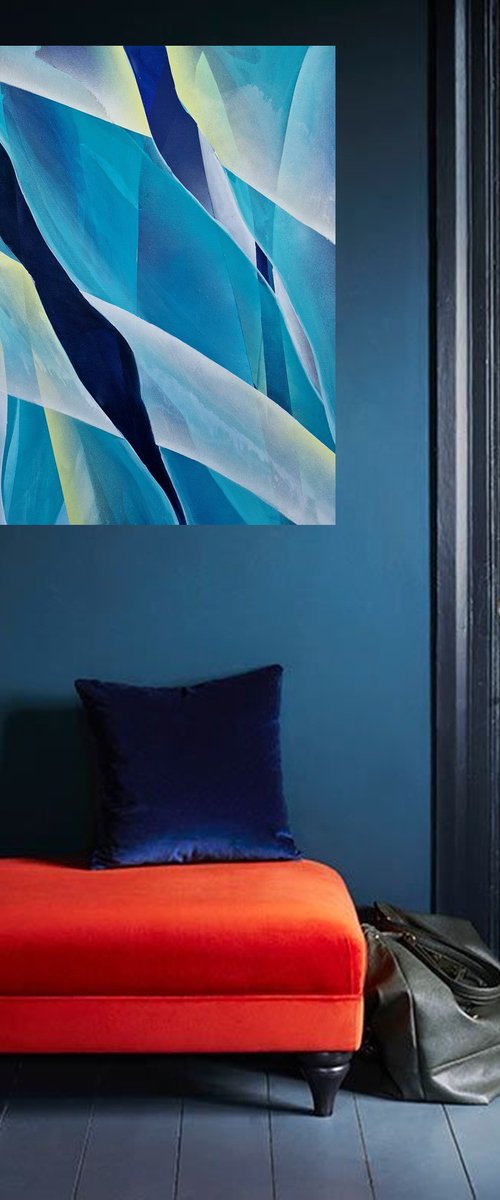- Home
- Art
Original art for sale
Shop original and limited edition art, directly from artists around the world.
Clear all 
Simona Tsvetkova
Oil painting
35 x 60cm
£500
Rafael Carrascal
Watercolour
40 x 40cm
£386

Karim Carella
Photograph
145 x 100cm
£635
Danijela Dan
Acrylic painting
60 x 80cm
£483
Suzanne Vaughan
Oil painting
112 x 61cm
£1117
Veronica Vilsan
Acrylic painting
100 x 70cm
£614
Novi Lim
Acrylic painting
91 x 91cm
£1861
Inez Froehlich
Acrylic painting
100 x 140cm
£2279
Pascal Giroud
Oil painting
20 x 15cm
£211
Beata Belanszky Demko
Oil painting
100 x 80cm
£1355
Anita Kaufmann
Acrylic painting
100 x 80cm
£868
Lucy Moore
Acrylic painting
60 x 60cm
£380
